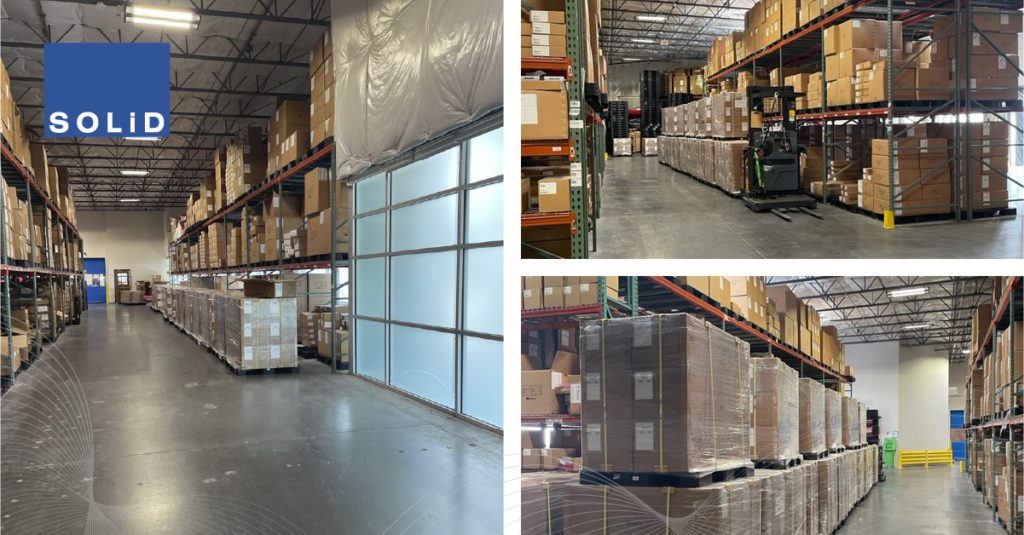
No matter what industry you are working in right now, odds are you’ve experienced at least some impact from supply chain constraints during the past couple of years. When the world economy tried to reboot after being essentially shut down for more than 18 months, we all learned the hard way how interconnected the global supply chain truly is and how much that affects all of us.
Now, as we navigate the ‘new normal’ sparked by the global COVID-19 pandemic, new patterns in supply and logistics are emerging and changing how we predict shifting demand. Some of these patterns will be temporary, while others will set a new baseline for years to come. In other words, business-as-usual is a thing of the past; at least for now.
A Cloudy Forecast
Well-informed, long-range forecasting continues to be critical during this ongoing supply crisis. To date, our ability to work very closely with our customers on forecasting their demand for products means that SOLiD has not had to disappoint our customers by failing to meet delivery deadlines. However, it would seem that others are not doing as well in this regard, because some of their customers are coming to us with demand for products.
On the one hand, this is a good problem to have because we love to work with new customers. On the other hand, the fact that they did not forecast demand with us in advance means that excess inventory could become depleted. Those system integrators who can’t get equipment as needed because their usual DAS provider can’t deliver could find themselves in a situation where they recognize significantly reduced revenue for the fiscal year.
One thing is certain: supply chain diversity has never been more important. If your usual DAS provider has let you down this year, give us a call to discuss diversifying your sourcing with SOLiD.
Trust is a Two-Way Street
Of course, product demand forecasting is a collaborative relationship built on honesty and commitment. If a network operator or system integrator says they need equipment on a particular date, they need to be prepared to take it. Don’t expect your supplier to sit on the inventory when other customers are ready to take it now.
It’s crucial that we all work together to understand immediate market needs and service priorities. Fixing the broken supply chain requires a better understanding of which changes in customer demand mix are short-lived and which represent a “paradigm shift.” These insights are a key element of integrated business planning (IBP), capacity planning, and capital planning processes.
Supply of Patience
Clearly, the normal way of doing business simply isn’t happening right now. But because today’s global supply chain is so inextricably interconnected, we can’t just insist that “the hole is in the other side of the boat” — we will all sink together regardless. For example, the prolonged shortage of components such as semiconductors has resulted in lead times exceeding a year, with component suppliers demanding upfront payment. That means tying up capital investments in product delivery for as long as two years instead of the typical 3 to 4 months, requiring us to take on considerable risk.
Yet, despite the current situation, SOLiD is succeeding thanks to our close working relationship with good customers and partners. Careful collaboration on demand forecasting and delivery allow us to maintain clarity despite a cloudy forecast, as we all stock up on plenty of patience and perseverance for the long haul. To learn how to confidently diversify your sourcing with SOLiD to achieve your revenue goals, contact your local SOLiD sales representative, or visit solid.com/us/contact.